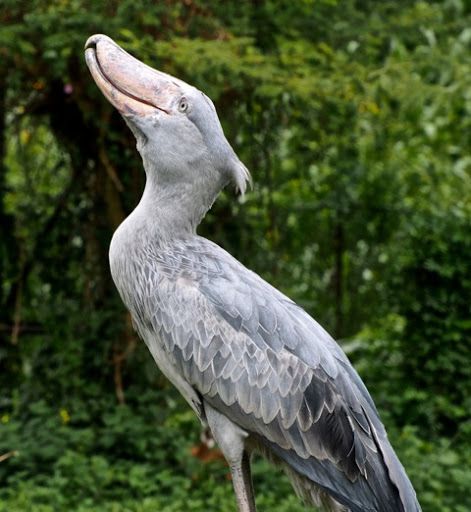
Maguari storks nest on the ground in reed beds, while those such as Abdim’s and lesser adjutant storks nest in cliffs and on rock pinnacles. The typical platform nests sometimes reach sizes of more than 6 feet in diameter and 3 feet deep, as seen with the larger black-necked and jabiru storks. They are most often made of sticks and grasses. As the moisture from the urates evaporates, the underlying blood vessels are cooled.ĭepending on the stork species, nests can be found in trees, on buildings, among rocks, or on the ground. In some storks, the legs act as a radiator to aid in cooling down the stork’s body during extreme heat marabou storks deposit urates on their legs (in birds, urates are urine and feces combined). Nature has a good purpose for those long legs, of course: they allow the stork to take long strides and wade into deep water or tall grasses and reeds in search of food. The legs vary in shades of black, gray, or orange. Storks have a dignified appearance, standing graceful and tall or marching deliberately on slender legs. Some storks also use their feathers in displays, like the woolly-necked stork that has feathers to puff out around its throat like a ruffed collar. In the scavenger species, this is thought to prevent feathers from getting stuck together with blood or mud, but the bare places are also used to impress, becoming more brightly colored during breeding season. Some storks have bare patches on their head and neck. They stretch their neck out and dangle their legs behind them as they fly, making them recognizable even from far away.


They fly mostly by soaring on warm air currents, with long, broad wings that only flap occasionally. Individuals of some species are slate gray, while others sport white, red, and black. They range in size from the small hammerkop, at about 2 feet tall (56 centimeters), to the looming marabou stork at nearly 5 feet in height (1.5 meters). The stately stork: Stork. The word isn’t exactly poetry in motion, but there is much to admire in these graceful birds that inhabit wetlands, grasslands, and tropical forests on every continent except Antarctica.


 0 kommentar(er)
0 kommentar(er)
